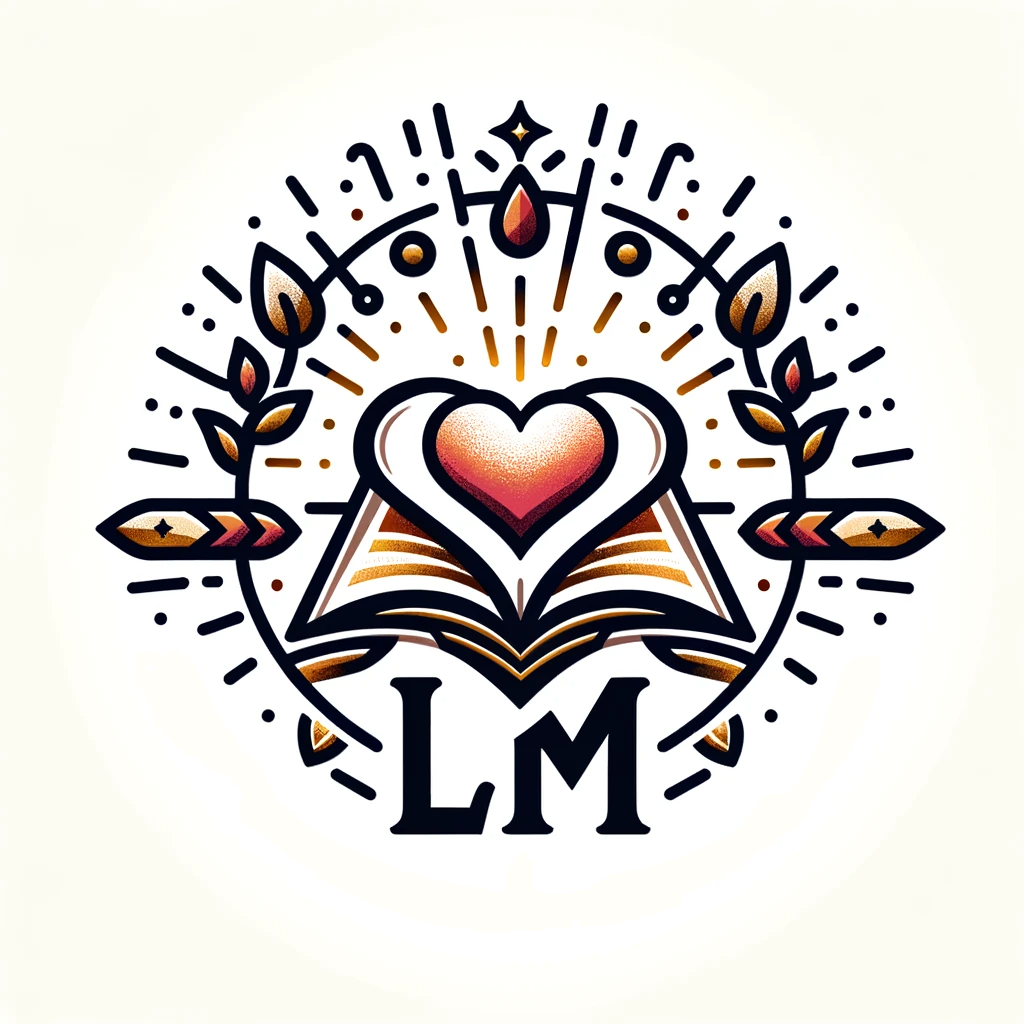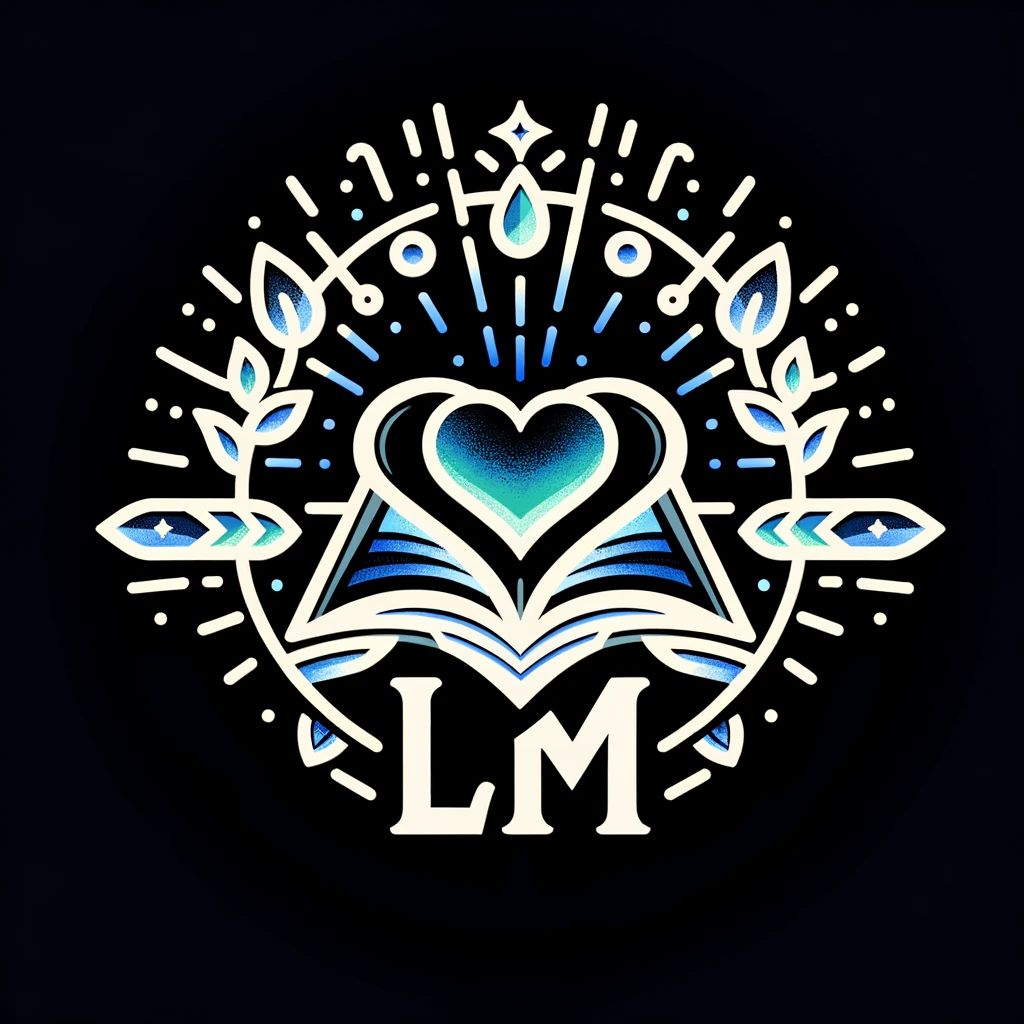Yom Kippur: The Apocalyptic Holy Day That Holds the Key to End Times Prophecy
Yom Kippur, Judaism’s most sacred annual holiday, is steeped in prophetic significance for both Jews and Christians. Occurring in the Hebrew month of Tishrei, it is known as the Sabbath of Sabbaths – a day of atonement and spiritual reckoning. But according to Bible teacher Jonathan Cahn, Yom Kippur also contains an apocalyptic message about the Messiah, the end times, and the final redemption.
The Apocalypse and the Removing of the Veil
The biblical term “apocalypse” has taken on foreboding pop culture connotations of doomsday destruction. But its true meaning is an “unveiling” – the Greek word “apocalypsis” literally means a “taking away of the veil.” For believers, this signifies not horror but the coming of Christ. The book of Revelation depicts Jesus removing the spiritual blindness preventing mankind from seeing God face to face.
Likewise, the rituals of Yom Kippur symbolize this apocalyptic removal of barriers to divine presence. On this day, the high priest would enter the Holy of Holies and the veil of the temple was opened. For Cahn, this ritual lifting of separation on Yom Kippur foreshadows the future day when Jews and Christians alike will recognize Jesus as the Messiah. This spiritual awakening will unite them in worshiping Yahweh.
The Blood Sacrifice and the Messiah
Most Christians know Yom Kippur as a day of somber repentance and fasting. But they may be less familiar with the essential sacrificial system that enabled atonement on this holy day. God’s covenant with Israel in the Torah made blood sacrifice central – without the shedding of blood there is no forgiveness of sins (Hebrews 9:22).
Remarkably, this temporary covering of sin pointed to Messiah’s work on the cross and rendered those sacrifices obsolete. Jesus fulfilled Yom Kippur as the ultimate sacrifice, entering the true holy of holies in heaven to make eternal atonement once for all (Hebrews 9:12). His death ushered in the New Covenant prophesied by Jeremiah, providing direct access to God.
For 20 centuries, rabbinic Judaism has grappled with the absence of sacrifices. But for Christians, Messiah’s first coming perfectly aligned with the destruction of the Second Temple in 70 AD. According to Cahn’s testimony, even modern Yom Kippur liturgy refers to a righteous Messiah wounded for Israel’s transgressions – despite most Jews still awaiting his first arrival.
Yom Kippur as Prophetic Feast
While no single event “fulfills” it, Yom Kippur carries a prophetic message about the end times. God established seven biblical feasts as dress rehearsals that pointed to the Messiah’s sacrifice. Jesus fulfilled the spring feasts – Passover, Unleavened Bread, and Firstfruits – through his death, burial, and resurrection. Pentecost marked the giving of the Holy Spirit.
But the fall feasts – Trumpets, Atonement, and Tabernacles – await consummation upon Christ’s Second Coming. Yom Kippur in particular symbolizes the national repentance of Israel. As Jews mourn their distance from God once a year, the prophets speak of a massive end time turning to Him. Only through accepting Jesus, the one true offering for sin, can they obtain the reconciliation with God that Yom Kippur foreshadows.
Yom Kippur and the Rebuilt Temple
For the Yom Kippur rites to occur again in any literal sense requires rebuilding the Jewish temple, a project already stirring controversy. Some believe the Third Temple must stand again for certain prophecies to be fulfilled before Jesus returns. But with Islamic structures occupying the Temple Mount, any attempts to rebuild seem to invite conflict.
Some see signs in Israel’s recapturing of Jerusalem in 1967 that Messiah’s coming is near. Several organizations are resuming the sacrificial system in preparation, including DNA-testing descendants of high priest Aaron for priestly gene markers. For Jonathan Cahn, this indicates God is removing barriers to restore worship there. And it suggests Yom Kippur’s true fulfillment draws closer by the day.
When that apocalyptic moment arrives and all is revealed, the need for ritual atonement will finally cease. The Veil of blindness will be lifted. And both Gentile and Jew will unite in spirit and truth to worship the Lamb of God. For Christians, that eternal Yom Kippur awaits. And it is then the shadows and symbols find their substance in Messiah.

